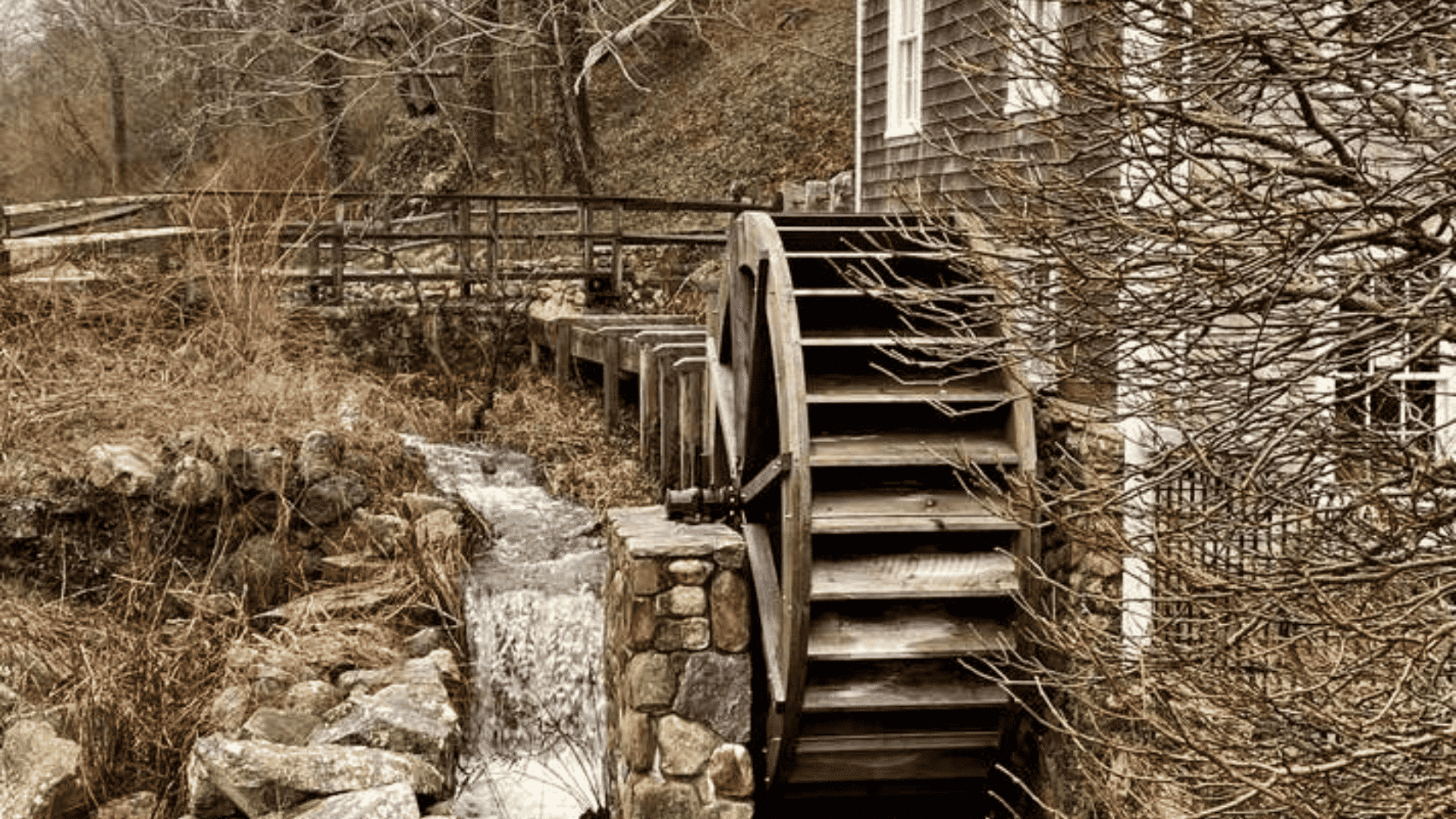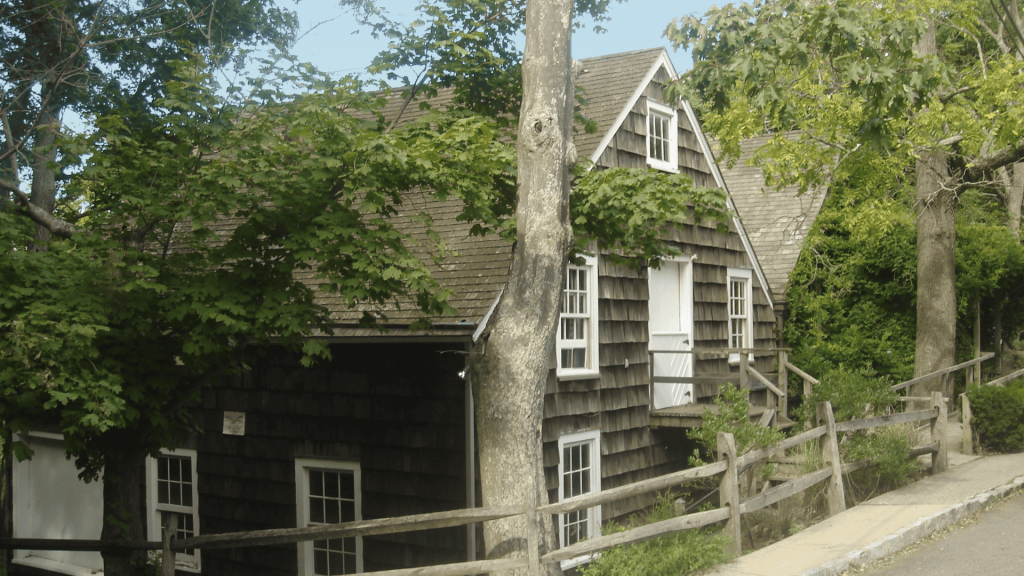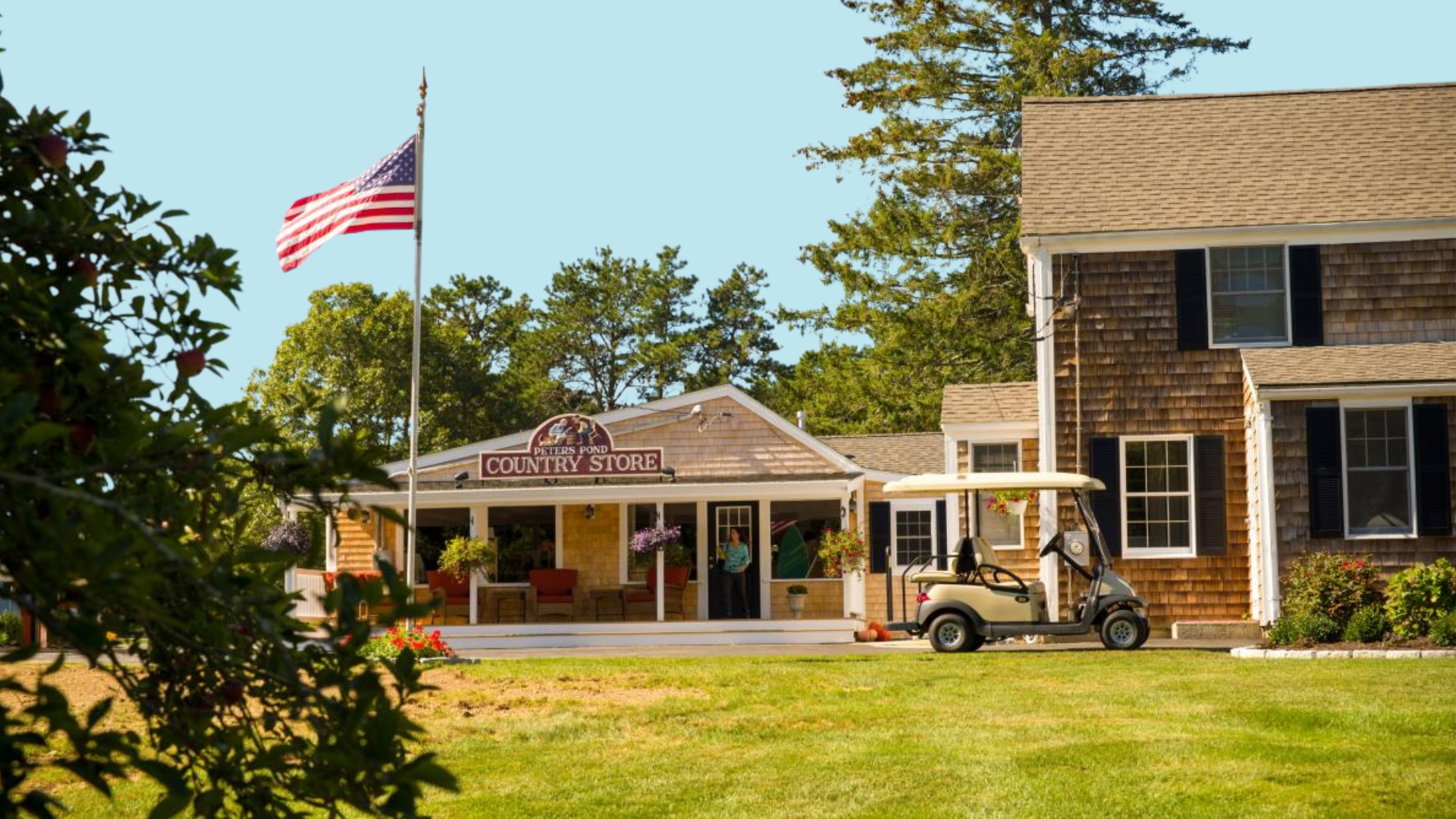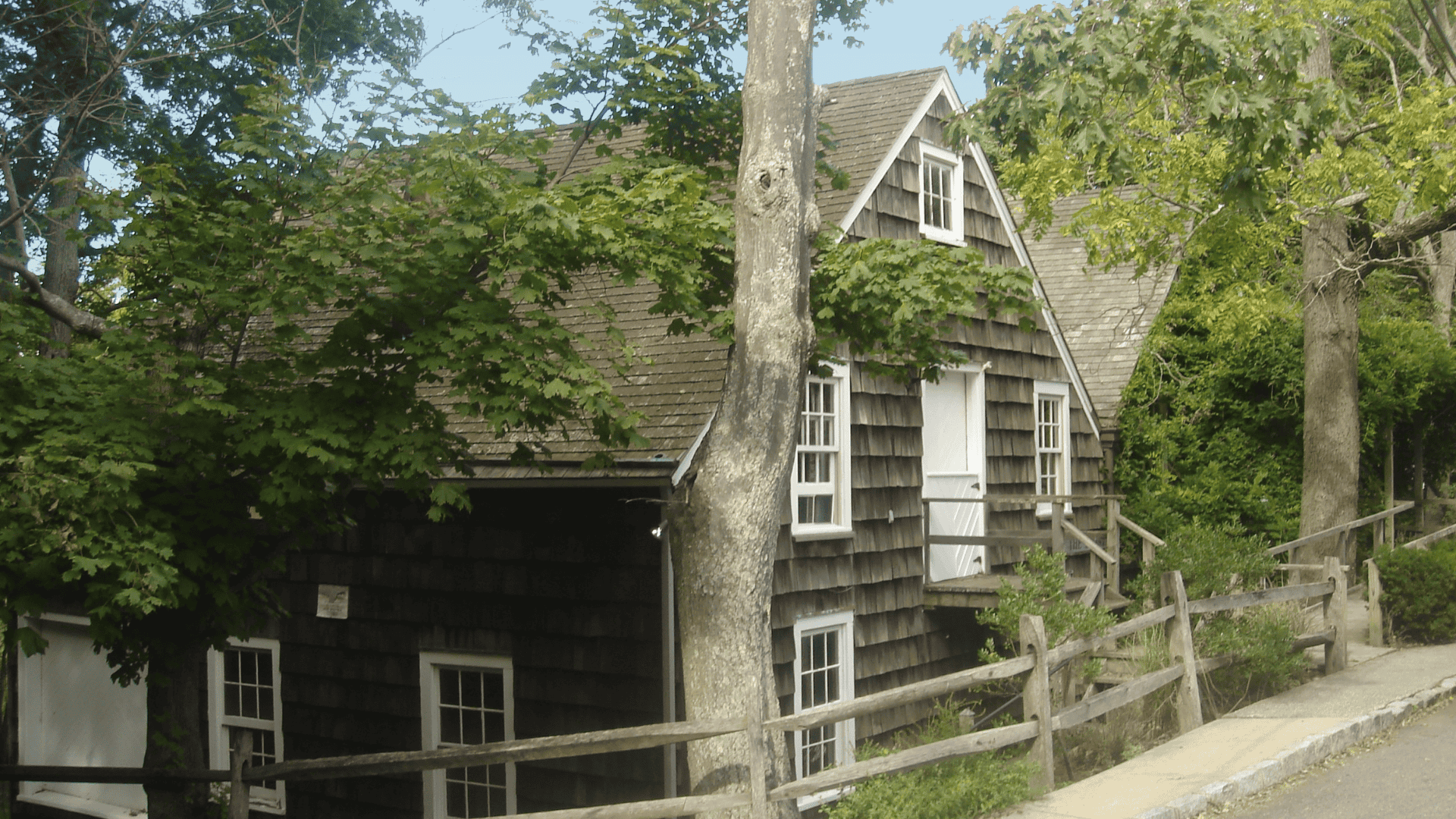Step into a world where time slows down and water powers daily life.
The Stony Brook Grist Mill offers a window into America’s past, when water-powered milling formed the backbone of local communities.
This 18th-century building stands as living proof of the resourcefulness and community spirit that shaped early American life, not just a dusty landmark.
From its massive waterwheel to the thunderous granite millstones, every element tells a story of innovation and survival.
In this post, we’ll learn about the mill’s history, architecture, its role in the community, and why this historic site is worth visiting today.
What is the Stony Brook Grist Mill?
📍Location: 100 Harbor Rd, Stony Brook, NY 11790, United States
| Built | 18th Century |
| Purpose | To grind grain into flour and meal for the community |
| Power Source | Water from Stony Brook |
| Significance | Vital to the local agricultural economy during colonial times |
The Stony Brook Grist Mill is more than just a relic of the past; it’s a symbol of how early communities thrived through ingenuity and resourcefulness.
Today, it offers an attractive glimpse into the technological and social dynamics of early American life.
History and Background of the Stony Brook Grist Mill
1. Construction and Early Years: The Stony Brook Grist Mill was built in 1767 by William Clark, utilizing the water of Stony Brook.
It was designed to serve local farmers, allowing them to grind grain into flour and meal, essential for the community’s agricultural economy.
2. Technological Advancements: The mill’s water-powered system was a significant advancement at the time, providing greater efficiency compared to manual grinding.
As technology improved, the mill’s operation expanded, including the installation of a new waterwheel to increase milling capabilities.
3. Expansion and Decline: In the 19th century, the mill flourished, adapting to meet the needs of a growing population.
However, as industrialization took hold, the mill gradually became obsolete. By 1940, commercial milling ceased.
4. Restoration and Preservation: In the 1960s and 70s, efforts led by the Princeton Historical Society restored the mill.
Architecture and Design: A Look Inside the Mill

The architecture and design of the Stony Brook Grist Mill are key to understanding its function and historical significance.
As a water-powered grist mill, the structure was designed to harness the natural flow of water to turn the millstone and grind grain efficiently.
Exterior Design and Materials
The mill’s exterior reflects the colonial architectural style, with stone walls and a gabled roof.
The use of local materials, such as stone and wood, was not only practical but also essential for durability and functionality.
The mill’s foundation is built on the banks of the Stony Brook, providing a reliable water source for the mill’s operation.
Waterwheel and Mill Mechanism
One of the most important features of the mill is its waterwheel, a large, wooden wheel positioned outside the structure.
The water flowing from Stony Brook turns the wheel, which is connected to a system of gears and belts inside the mill.
This movement powers the millstones, which grind the grain. The millstones, made of granite, were carefully crafted to create the ideal texture for grinding different types of grain.
Interior Layout
Inside the mill, the layout is designed to support the milling process. Grinding machinery, including the millstones and a set of sifters, are arranged to streamline the flow of grain from one stage to the next.
The large wooden beams and high ceilings were also essential for structural integrity, allowing the machinery to move freely and effectively.
The Significance of the Stony Brook Grist Mill in Local History
The Stony Brook Grist Mill holds a significant place in the local history of Princeton, New Jersey, and the surrounding area.
As a central feature of early American agricultural life, it played a pivotal role in shaping the community’s economy, culture, and daily activities.
Vital to the Agricultural Economy
In the 18th and 19th centuries, the mill was essential for local farmers.
It provided a crucial service, allowing them to grind their harvested grain, such as wheat and corn, into flour and meal.
This service helped establish the mill as a vital economic hub for the region, supporting the agricultural activities of surrounding farms and enabling farmers to sell their products more efficiently.
A Social and Cultural Center
Beyond its economic function, the Stony Brook Grist Mill served as a gathering place for the local community.
Farmers would bring their grain, and it became a social hub where people could interact and exchange news.
The mill’s location on Stony Brook also made it a natural crossroads for local trade, further cementing its role in the area’s cultural fabric.
Legacy of Early American Industry
The mill’s operation also highlights the early industrialization of America.
The transition from manual labor to water-powered machinery marked an important shift in American technology and commerce.
The Stony Brook Grist Mill stands as a reminder of this era, representing the ingenuity that helped fuel the country’s economic development in its early years.
Visiting the Stony Brook Grist Mill: What to Expect?
The Mill offers visitors a unique opportunity to step back in time and experience the operation of a historic water-powered mill.
- Accessibility: Easily accessible from major roads
- Setting: Picturesque and peaceful, away from the city bustle
- Operating Hours: Typically seasonal, with specific hours for tours
Recommendation: Check the official website or contact directly for up-to-date hours and schedules
1. Guided Tours: Expert staff walk visitors through the mill, explaining its history, operation, and community role while providing detailed insights into the milling process and machinery.
2. Educational Programs: Hands-on programs designed for school groups teach children about early American industry and the’ importance of mills to local economies through interactive activities.
3. Special Events and Demonstrations: The mill hosts live demonstrations that showcase the waterwheel and millstones in action, providing visitors with a firsthand look at historical milling techniques during local celebrations.
What You’ll Need?Comfortable walking shoes are recommended for exploring the park or participating in outdoor activities.
Bring a camera to capture the demonstrations and enjoy the picturesque setting.
Tip: Arrive early to catch a demonstration and enjoy the peaceful surroundings before it gets crowded.
Preservation Efforts and the Future of the Stony Brook Grist Mill
Over the years, dedicated efforts have been made to restore and protect the mill’s structure, equipment, and surrounding environment, keeping it a living testament to early American industry.
- Restoration Projects: Mill restored in the 1960s-70s to preserve architecture and machinery for educational use
- Ongoing Maintenance: Regular upkeep keeps the mill safe and functional, addressing weathering and natural wear
- Future Plans: Adding interactive exhibits and promoting sustainable preservation practices
- Community Involvement: Local volunteers, educational programs, and fundraising events support the mill’s preservation.
Through ongoing efforts, the Stony Brook Grist Mill remains a cherished historical site, reflecting the ingenuity, hard work, and dedication that shaped early America.
Contact InfoPhone: (508) 896-3701 ext. 1100 Address: Brewster Town Offices2198 Main StreetBrewster, MA 02631United States |
Final Thoughts
The Stony Brook Grist Mill has served its community since 1767, converting from a vital grain-processing hub into a cherished educational landmark.
Its stone walls, waterwheel, and granite millstones showcase colonial engineering at its finest.
Through dedicated restoration efforts and ongoing maintenance, this historic site continues operating as a living museum.
Today, visitors can enjoy guided tours, watch live demonstrations, and join interactive programs.
Want to see history in motion?
Visit the Stony Brook Grist Mill at 100 Harbor Road and experience how water power built America’s foundation.








